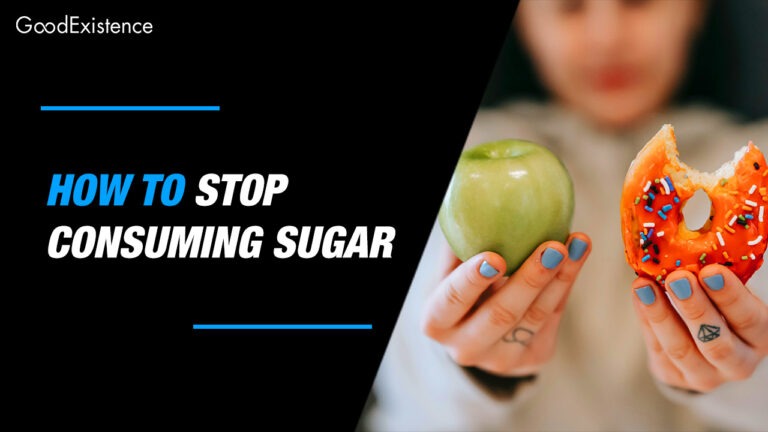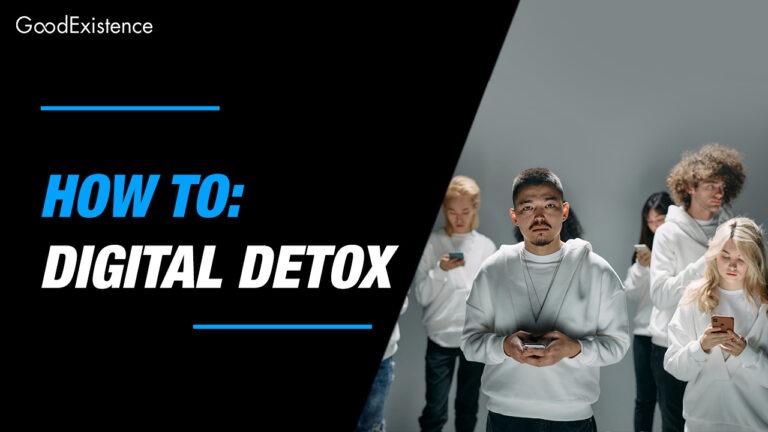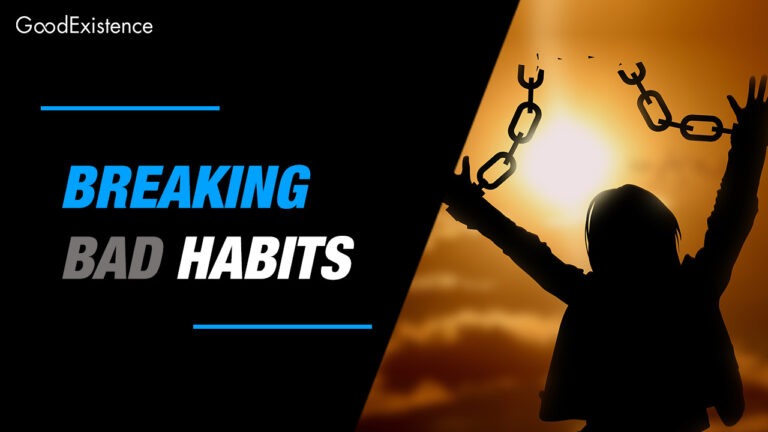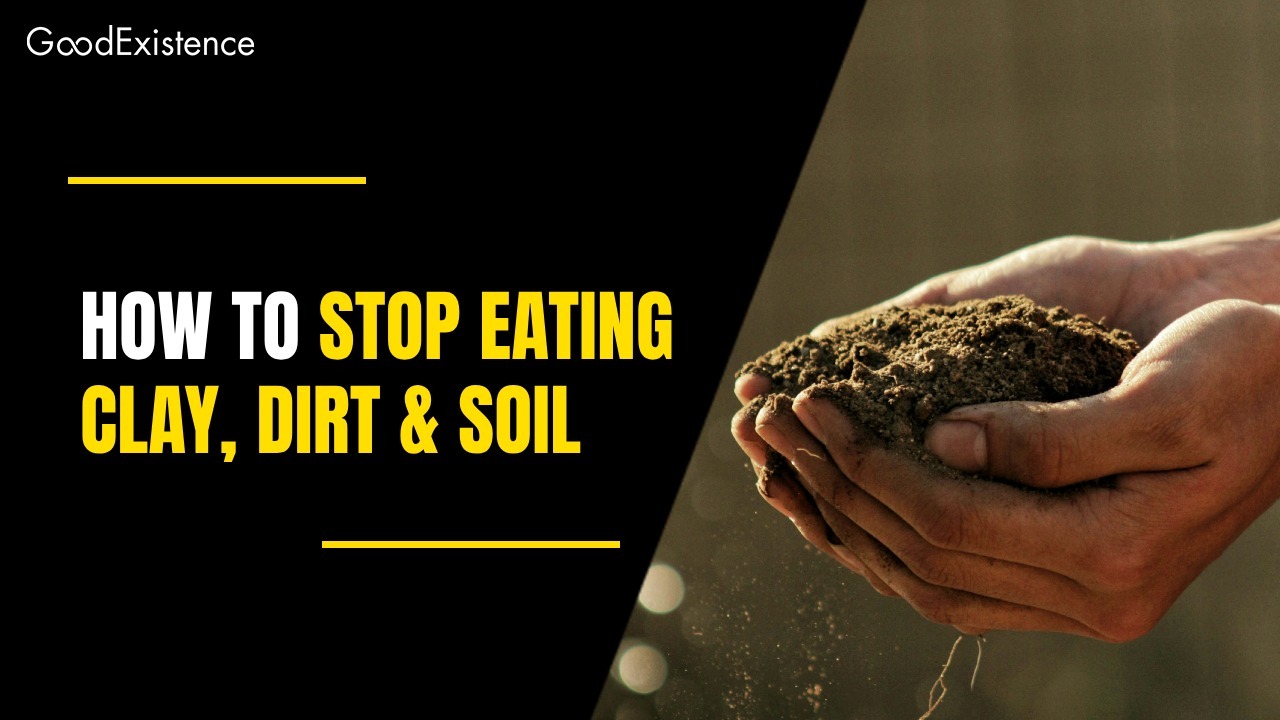
Discover the first step on your journey on how to stop eating clay, dirt, or soil, unlocking a path to healthier habits and well-being.
Eating non-food substances like clay, dirt, or soil is a condition known as pica.
Whether it’s for you or someone dear to you fighting to get past this, know that there are ways to stop eating clay or dirt, and you will find many of them below.
This article aims to guide you through understanding the condition and providing practical steps to overcome it.
Quick Guide: How to Stop Eating Clay
- Seek Professional Help: Consult with a healthcare provider for a personalized treatment plan.
- Identify Triggers: Recognize and avoid situations that prompt the urge to eat clay.
- Nutritional Support: Ensure a balanced diet to address any nutritional deficiencies.
- Behavioral Therapy: Consider therapy options to modify this behavior.
- Safe Alternatives: Find harmless substitutes to satisfy oral cravings.
- Change your Environment: If you change the environment (or things) around you that make you crave eating dirt, you can better mitigate this issue.
- Get Educated About Pica: The more you learn about this eating disorder the better you are prepared to overcome it.
- Regular Medical Check-ups: Doing regular medical check-ups help maintain your well-being.
Keep reading for more detailed advice and support on how to stop this habit effectively.
Is Eating Dirt or Clay a Medical Condition? Understanding Pica
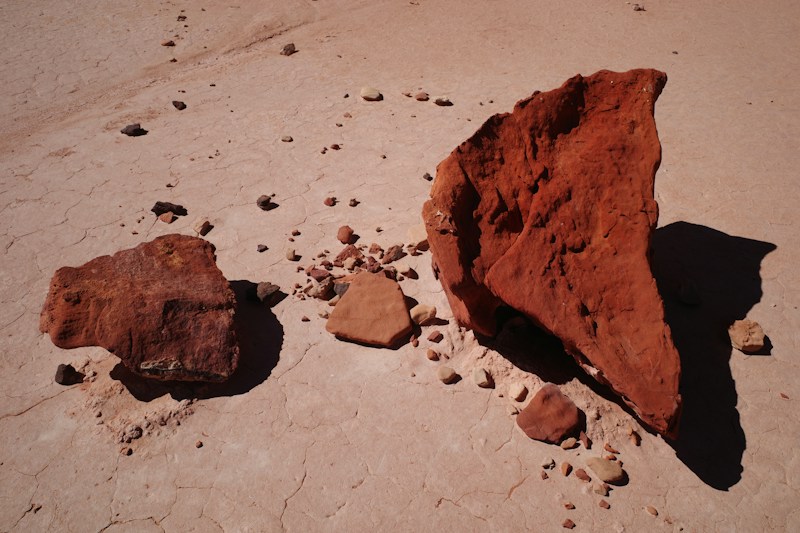
The habit of eating clay, dirt, or soil is medically recognized as pica, an eating disorder characterized by the consumption of items with no nutritional value.
This condition can be perplexing and concerning, spanning across various cultures and histories, yet it’s crucial to address due to potential health risks.
Pica’s complexity stems from various factors, including nutritional deficiencies, psychological conditions, and cultural habits, making the understanding of its root causes essential for effective management and treatment.
This guide isn’t just about uncovering the ‘whys‘ behind your cravings; it’s crafted to equip you with solid, practical steps that genuinely make a difference.
We’re here to navigate this together, offering you the tools and support to reclaim control.
Health Risks Associated with Eating Non-food Items
Eating clay, dirt, or soil can expose an individual to numerous health risks, including:
- Digestive issues: Consuming these substances can lead to blockages in the digestive tract, constipation, or damage to the teeth.
- Toxicity: Soil and clay may contain harmful bacteria and chemicals, leading to infections or poisoning.
- Nutritional deficiencies: The habit may interfere with the absorption of essential nutrients, worsening any existing deficiencies.
How to Stop Eating Clay, Dirt, or Soil
1. Seek Professional Help
The first and most crucial step in addressing the consumption of non-food items is to consult a healthcare provider.
This behavior can sometimes be driven by nutritional deficiencies, such as low iron or zinc levels, so it’s essential to rule out any underlying health issues.
A medical professional can offer guidance, potential dietary supplements, or further treatment options.
2. Identify Triggers
Understanding what triggers the craving to eat clay is a significant step toward overcoming the habit.
For some, stress, anxiety, or even cultural influences might be the cause.
Once identified, strategies can be developed to avoid or manage these triggers more effectively.
3. Nutritional Support
Ensuring a balanced and nutritious diet is key. Sometimes, the body craves non-food items due to a lack of essential nutrients.
Incorporating a diet rich in vitamins and minerals can help mitigate these cravings.
Consider working with a nutritionist to create a diet plan that addresses any specific deficiencies.
4. Behavioral Therapy
Behavioral therapy can be an effective approach in modifying the desire to consume clay, dirt, or soil.
Techniques such as Cognitive Behavioral Therapy (CBT) help individuals understand the behavior’s cause and develop strategies to change it.
Support groups may also offer encouragement and coping strategies from others who have experienced similar issues.
5. Safe Alternatives
Finding safe and harmless alternatives to satisfy the oral fixation can help.
Some people find chewing gum or eating crunchy vegetables can provide the oral stimulation without the health risks associated with eating non-food items.
6. Environmental Changes
Making changes in your environment to reduce the availability or temptation of consuming non-food items can also be helpful.
This might include keeping the substances out of reach or substituting them with edible items that are safe to consume.
7. Education and Awareness
Educating oneself and others about the dangers and health risks associated with eating clay, dirt, or soil is vital.
Awareness can be a powerful tool in preventing the onset of such habits, especially in communities where it might be a cultural practice.
8. Regular Medical Check-ups
Regular check-ups can help monitor health conditions that may contribute to pica behavior, such as anemia or other nutritional deficiencies.
This proactive approach ensures that any underlying health issues are addressed promptly.
Related article: How to Stop Eating Oreos
How to Support Loved Ones
If someone you know is struggling with this condition, offer your support and understanding.
Encourage them to seek professional help and be a source of motivation throughout their journey to recovery.
Final Thoughts on Overcoming Pica

Addressing and overcoming the habit of eating clay, dirt, or soil requires a multifaceted approach that includes medical intervention, psychological support, and lifestyle changes.
With the right support, strategies, and professional guidance, individuals can regain control over their eating habits and move towards a healthier future.
Remember, recovery is a journey, and patience, support, and perseverance are crucial.
Related article: How to Stop Eating Sugar
Stop Eating Dirt, Clay or Soil: FAQ
Yes, it can lead to health issues like digestive problems, nutritional deficiencies, and lead poisoning.
Reasons vary from nutritional deficiencies, cultural practices, to psychological conditions.
Yes, it can be a sign of nutritional deficiencies or mental health conditions that need medical attention.
Offer understanding and encouragement, and encourage them to seek professional help.
Yes, many children outgrow pica as they age, but it’s essential to address the behavior early to prevent potential health risks.
Depending on the underlying cause, healthcare providers may recommend supplements to address nutritional deficiencies, such as iron or zinc supplements. So please consult your physician or a doctor to get their professional advice on this.
The time it takes to overcome this habit varies depending on individual circumstances and the underlying causes. Consistent effort and professional support are key to recovery.

